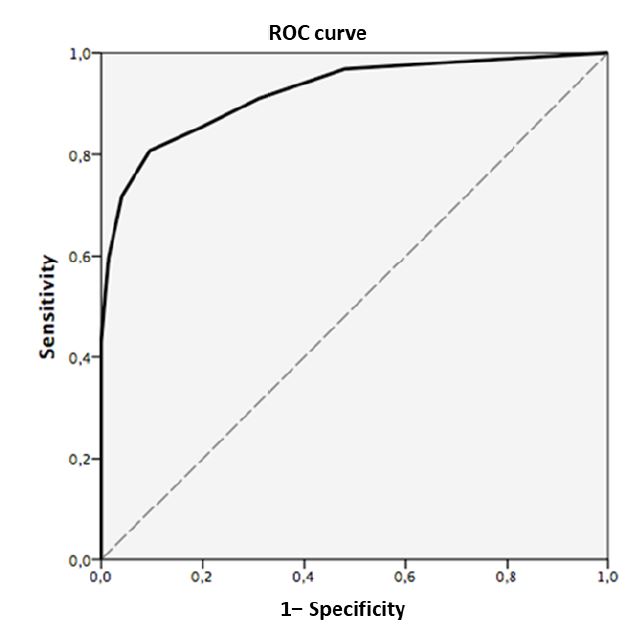01 de Abril 2022
Abstract:
The Frontal Assessment Battery (FAB) is a screening test that measures executive functions. Although this instrument has been validated in several countries, its diagnostic utility in a Chilean population has not been studied yet.
Objetives: This study aimed to (1) adapt FAB in a Chilean population; (2) study the psychometric properties of the FAB in a Chilean population; (3) assess the sociodemographic influence in the performance of the FAB in a sample of healthy controls (HC); and (4) develop normative data for this healthy group.
Methods: A HC (n=344) and a group of patients with dementia (n=156) were assessed with the Chilean version of FAB.
Results: FAB showed good internal consistency (Cronbach’s alpha=0.79) and acceptable validity based on the relationship with other variables. Factor analysis showed the unidimensionality of the instrument. Significant differences were found in the total FAB value between the HC and dementia groups. With the matched sample, the established cutoff point was 13.5, showing a sensitivity of 80.8% and a specificity of 90.4%. Regression analysis showed that education and age significantly predicted FAB performance in the healthy group. Finally, normative data are provided.
Conclusions: This study shows that FAB is a useful tool to discriminate between healthy people and people with dementia. However, further studies are needed to explore the capacity of the instrument to characterize the dysexecutive syndrome in people with dementia in the Chilean population.


